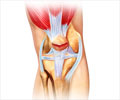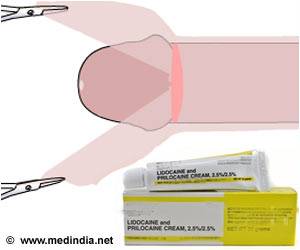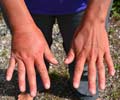
The researchers followed 2,929 patients undergoing three common types of surgery (hernia repair, hysterectomy and thoracotomy) for two years, assessing their pain at four, 12 and 24 months after surgery. The study, referred to as GENDOLCAT, demonstrated that there is substantial risk of chronic pain after surgery, with 18 percent of the patients developing chronic pain after four months, and 5.2 percent still experiencing chronic pain after 24 months.
The scoring system was developed based on six predictors among the patients in the study:
- Type of surgery
- Age
- Physical health status
- Mental health status
- Preoperative pain in the surgical area
- Preoperative pain in another area.
- Carefully consider the surgery
- Plan to use the most appropriate pain relief techniques during the recovery period
- Implement preventive measures before and during surgery
- Set a pain monitoring schedule and follow-ups
"This scoring system improves the way we examine patients prior to surgery, which is based on an extensive physical examination rather than just clinical factors," said Dr. Montes. "As far as genetic influence, additional research should be conducted to determine whether or not other genetic factors not considered in this study contribute to chronic pain after surgery."
Source-Newswise












